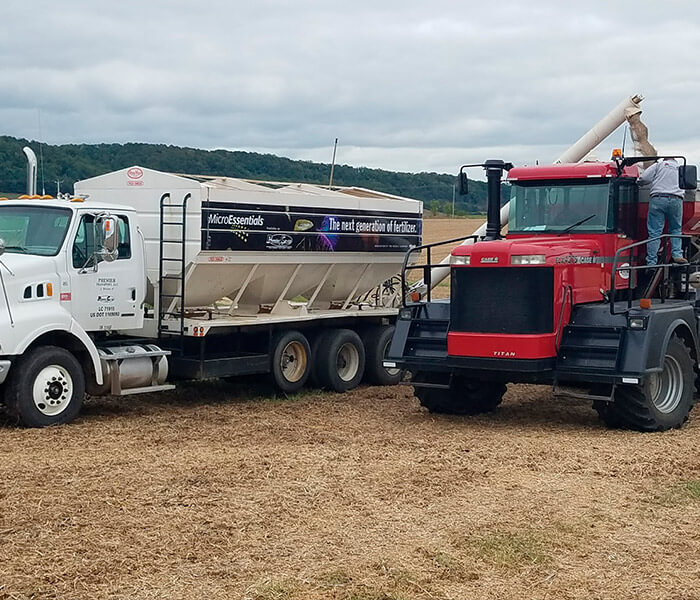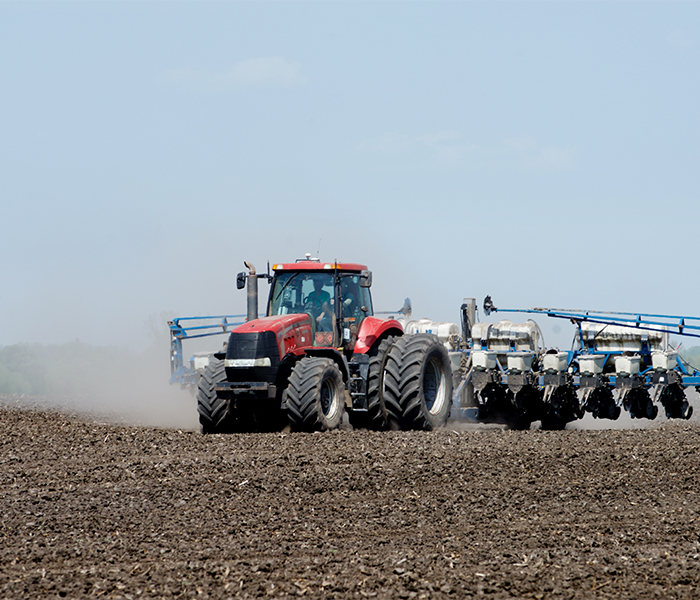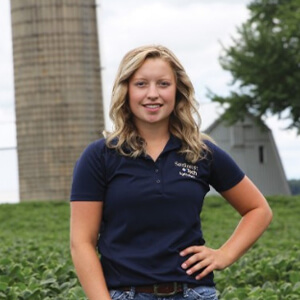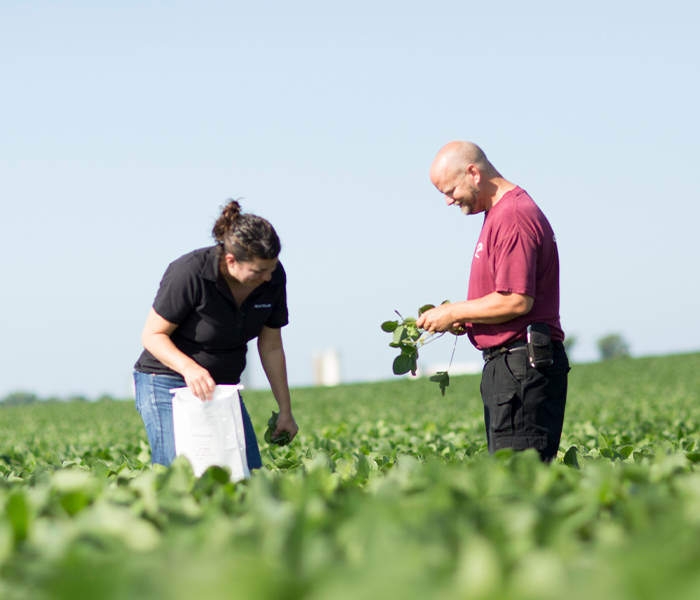It Pays to be Patient.
As spring inches closer, it gets more tempting each day to fire up the tractor and get in the field. However, deciding when to plant is one of the first (of many) management decisions that will impact your crop’s performance this season. Here are six tips to help you decide the right time to put your corn and soybean seeds in the ground.
1. Monitor soil moisture.
When evaluating whether a field is ready for planting, the first thing you should consider is soil moisture: is it too wet or too dry? If the soil is too wet, don’t push it. You can cause compaction, smear the sidewall of the seed trench and even cause the seed to rot and die. These effects will impact the rest of your season.
If the field is dry, consider increasing planting depth to reach more moisture. Corn kernels must absorb approximately 30% of their weight in water before germination begins. Less than optimum water volume can slow or stop germination.
2. Pay close attention to soil temperature.
Planting at a suitable soil temperature is critical, especially for corn. For best results, begin planting corn when soil temperatures are in the high 40s and the short-term forecast calls for warm days that will continue pushing soil temperatures higher.
In soybeans, the seed is most susceptible to imbibitional chilling in the first 24 hours, when the seed takes up water very fast. Therefore, it’s a good idea to plant your soybeans once you are confident soil temperatures won't be cold (less than 50 F) for at least 24 hours. If you planted two or more days before a cold rain, there should be no imbibitional injury due to cold temperatures.
3. Choose your planting depth wisely.
Always check and assess your planter depth. If you have questions about planting depth, please contact your Premier agronomist. Planting too shallow can run you into issues with uneven soil moisture causing uneven emergence and early-season root lodging.
4. Ensure good seed-to-soil contact,
For adequate moisture to be held and maintained around the seed, soil must be firmed around it. This helps ensure seeds are able to evenly absorb moisture and emerge uniformly. Planting at proper soil moisture, temperature and depth all support good seed-to-soil contact, while open planter furrows, trash in the seed furrow, or cloddy seedbeds can diminish it.
5. Use starter fertilizers and plant growth regulators.
If you’re going to push for earlier planting on corn, consider chelated zinc and a plant growth regulator like Ascend® Pro. It will help get you off to a much better start. If you’re planting CROPLAN® corn hybrids, they’ve already been treated with zinc to promote early-season growth and root development.
6. Adjust to delays.
If the spring ahead is cold and wet, and keeps you from your ideal timing, consider adjusting corn maturities to avoid any frost damage come fall. However, with soybeans, I recommend to hold to your original maturity selection as much as possible.
As you begin to assess fields for planting, remember to consider these factors and carefully balance the benefits of planting early with the risks. When in doubt, don’t push it. For more information on determining optimal planting dates and depths, talk with your local Premier agronomist.
Contact an agronomist today to discuss your planting strategy for 2022
Karlee Leatherberry
Agronomist



